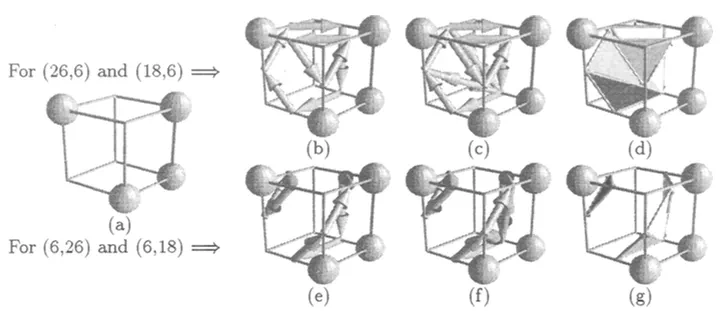Topologically Defined Iso-surfaces

Abstract
In this article, we present a new process for defining and building the set of configurations of Marching-Cubes algorithms. Our aim is to extract a topologically correct isosurface from a volumetric image. Our approach exploits the underlying discrete topology of voxels. Our main contribution is to provide a formal proof of the validity of the generated isosurface. The generated isosurface is a closed, oriented surface without singularity with no self-intersection. Furthermore, we demonstrate that it separates the foreground from the background. Finally we show that the graph defining the isosurface is closely linked to the surfel-adjacency graph of the digital surface of the same image.
Type
Publication
Proc. 6th Discrete Geometry for Computer Imagery (DGCI'96), Lyon, France, volume 1176 of Lecture Notes in Computer Science, pp 245-256, 1996. Springer